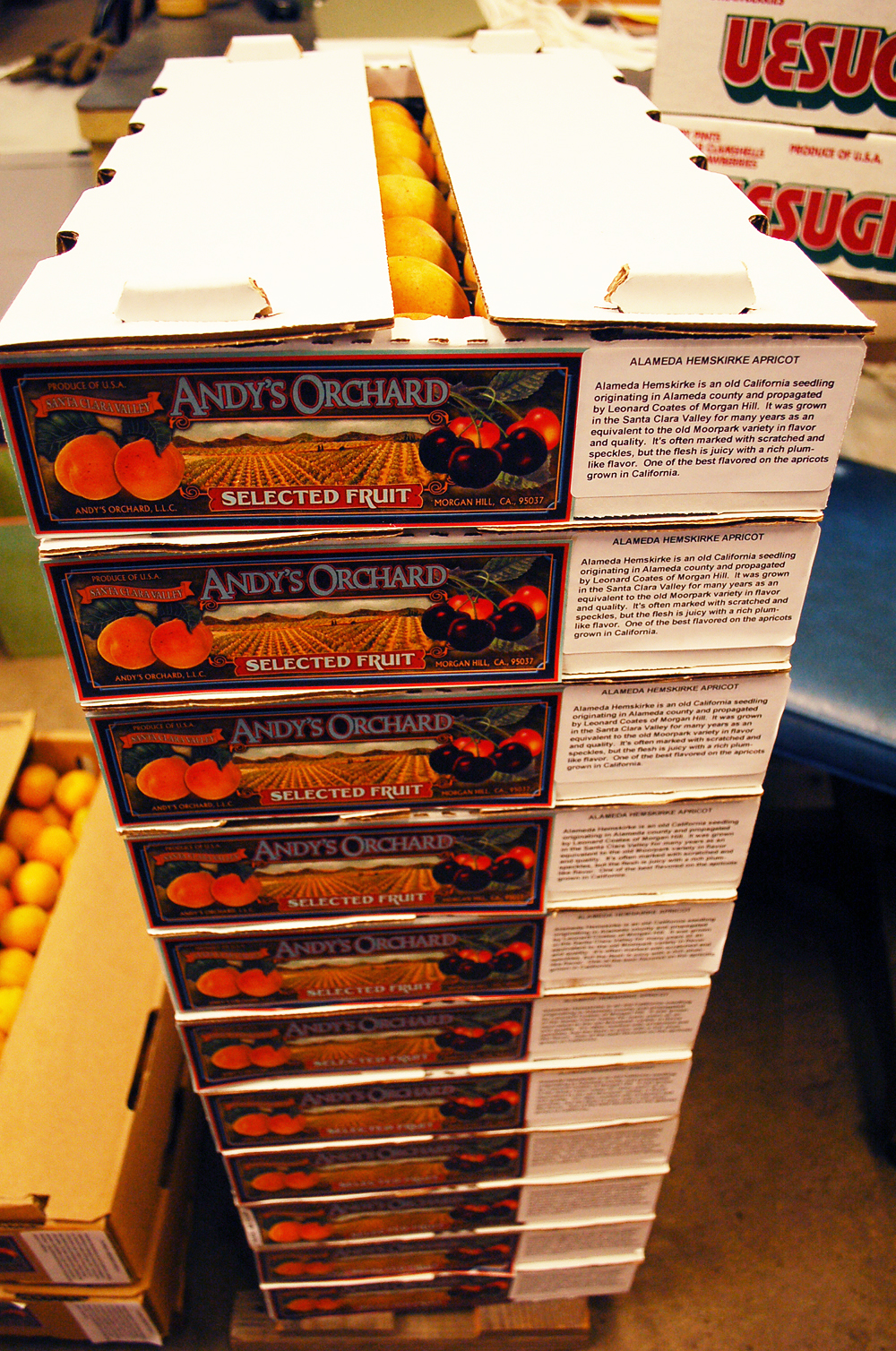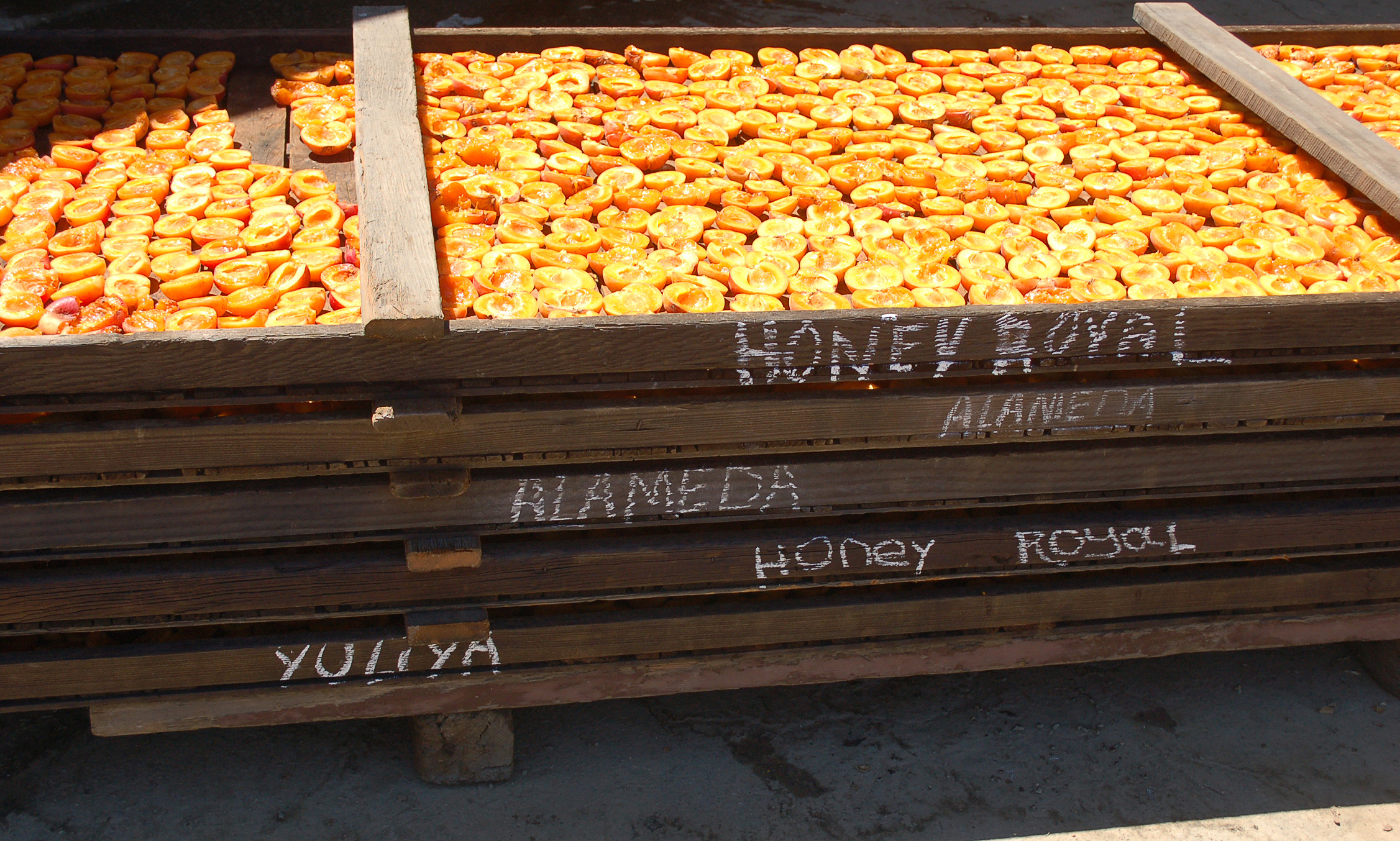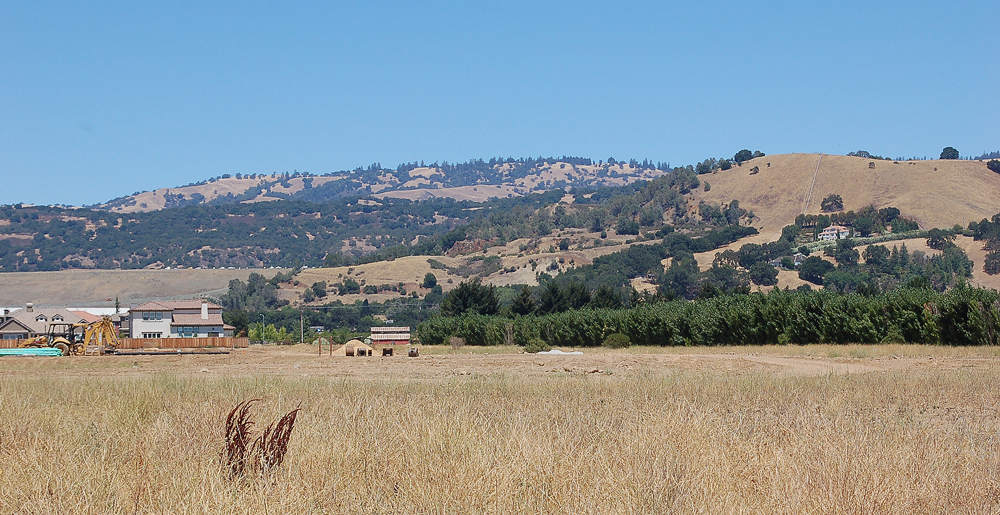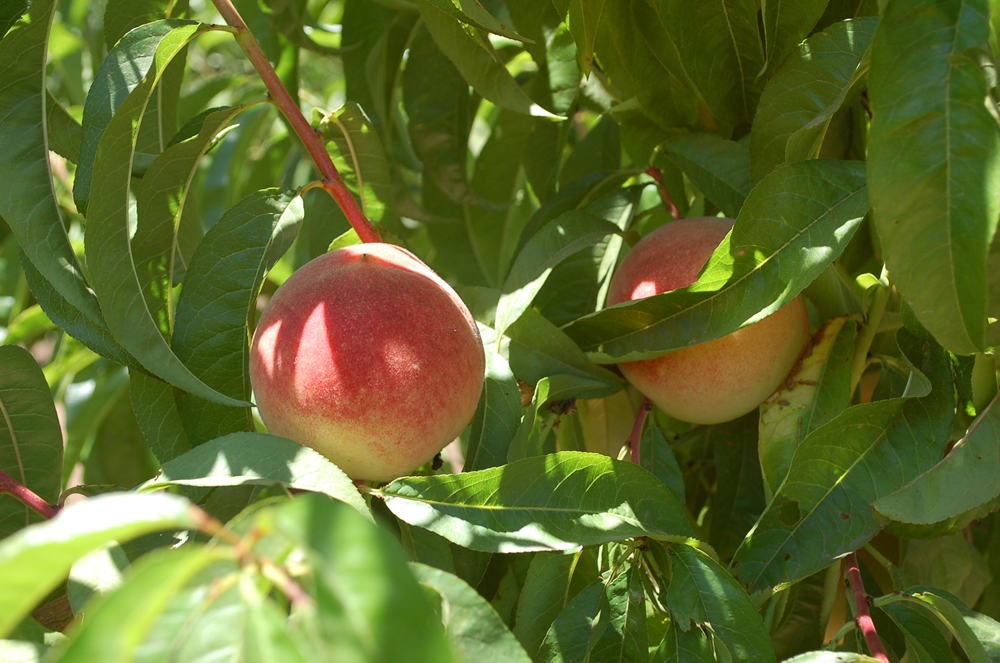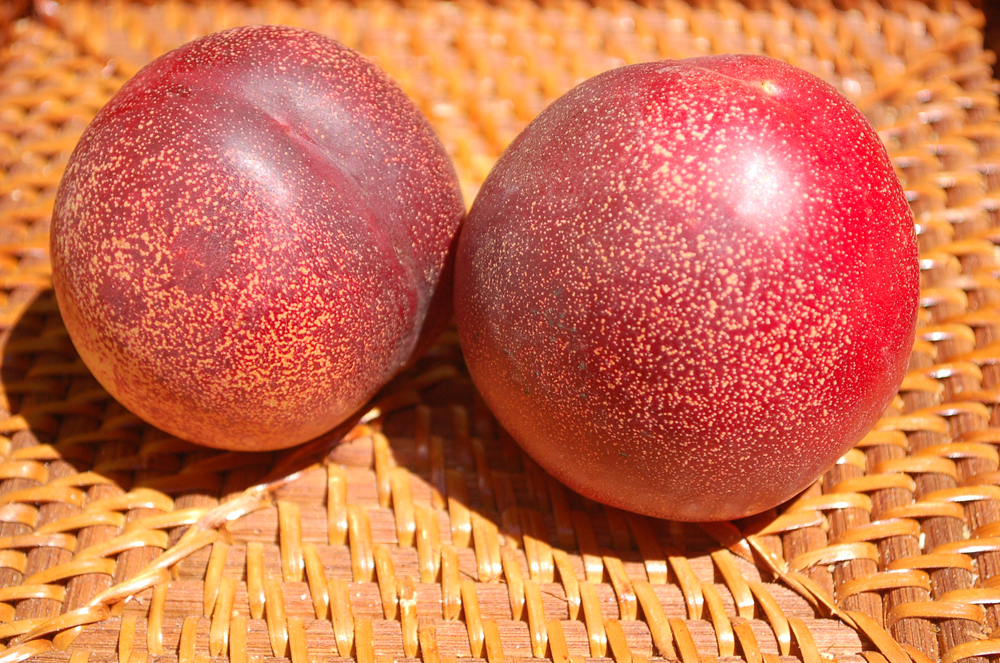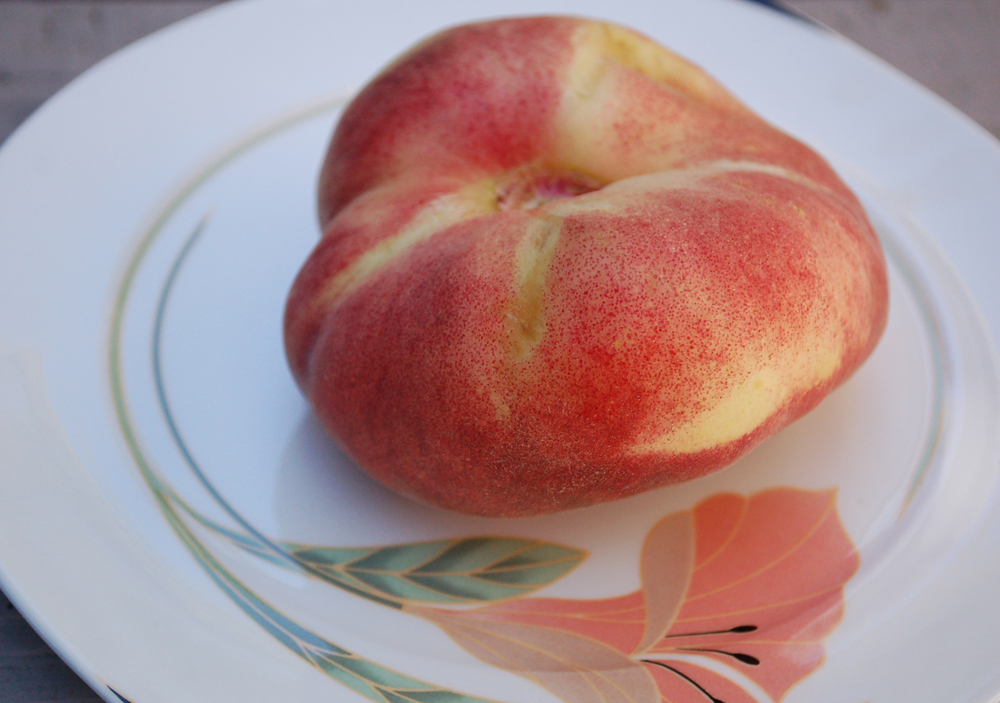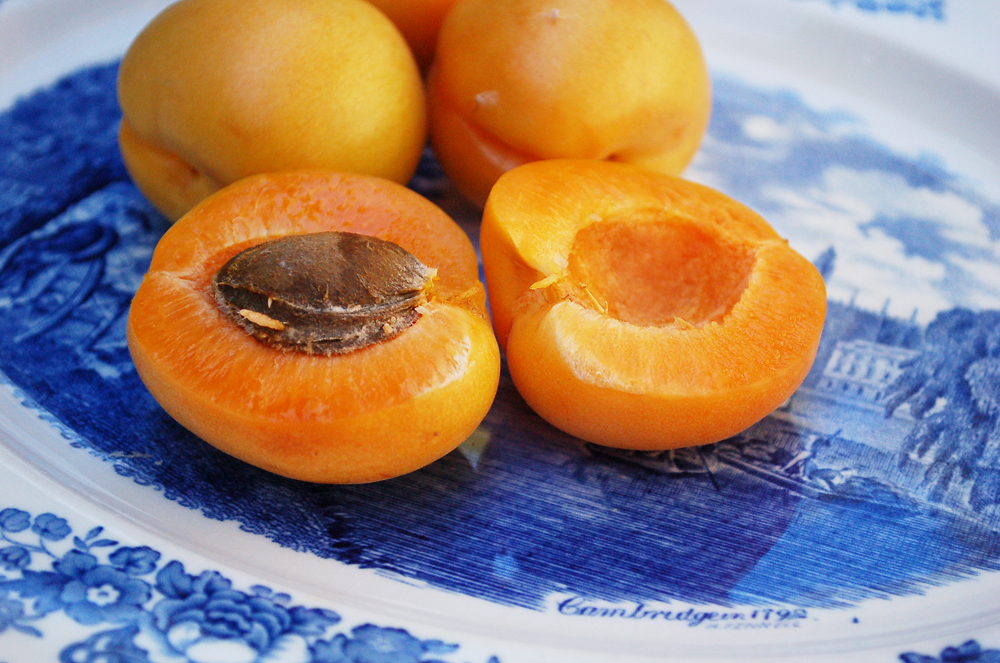
Imagine eating a peach, nectarine or plum during this stone fruit season. Sweet flavors burst in your mouth, the heady aroma envelopes you and the exploding juices run down your arm and chin. Or not.
Too often, the fruit available today just doesn't deliver this full-monty experience. Sold simply as "peaches" or "plums," it's too firm. It's barely sweet. There's not enough juice to run anywhere. Blame factory farming or suburbia encroaching on California's agricultural land or just the hideous economics of making a living by growing produce. But most of us are still in search of that mythical juicy, sweet summer fruit. Can you even find it?
Drive to the southern end of the once-agriculturally-magnificent Santa Clara Valley to sleepy Morgan Hill and follow the weathered signs for Andy's Orchard. This unassuming operation of around 50 patched-together acres is what has been called "the Château Pétrus of stone fruit." While other orchardists dry their mediocre fruit, focus on higher-margin crops like cherries or -- more likely -- have sold their land to developers, tall, low-key Andy Mariani, who's in his late 60s, is a rare artisanal grower who's "going purely for flavor" in the fruit he grows, he explains.

Mariani's 250-plus varieties of stone fruit -- cherries, apricots, peaches, nectarines, plums and hybrids -- represent the most extensive collection of heirloom fruit on the West Coast. Local Michelin two-stars like Manresa in Los Gatos, Baumé in Palo Alto and demanding chefs on the East Coast have Andy's Orchard on speed dial during the summer fruit season. "Right now, my problem is having a lot more demand than supply," he admits.
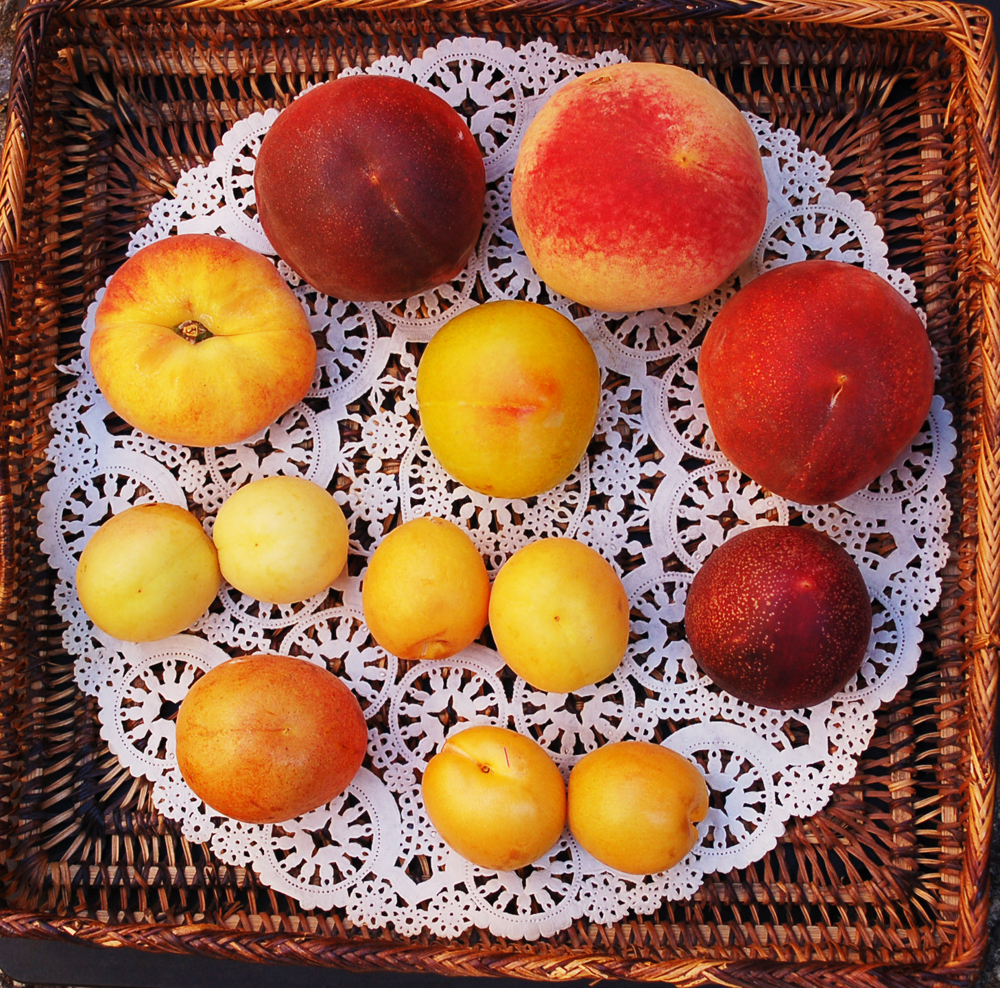
In the conservative farming community, Mariani is viewed as a maverick. Consider his efforts with apricots, which the public largely dismissed years ago because "they thought that apricots didn't taste like anything," he says. While other local orchardists simply dry pedestrian varieties, he is helping consumers rediscover this lovely orange fruit.
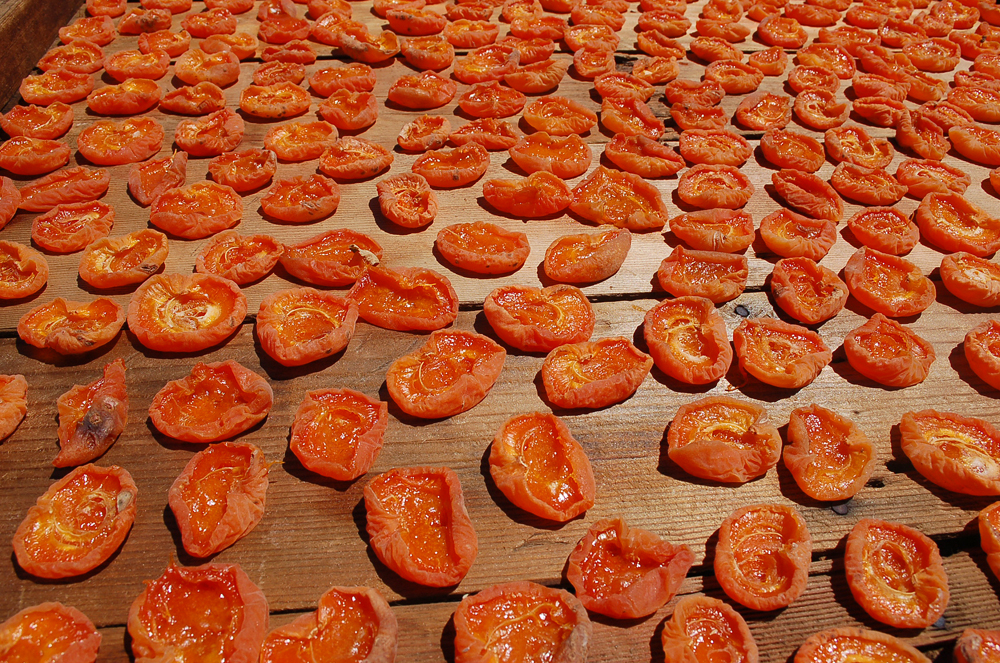
According to Mariani, "You have to find the right varieties" and not be put off by the cultivation challenges. He's now growing 60 kinds of apricot from across the globe such as the Lasgerdii Mashad, a Persian variety whose ethereal taste chef David Kinch has said is like eating a cloud. "The newest trend," he says, is small, outrageously sweet CandyCots; the bright-orange Yuliya from Central Asia tastes like honeyed marmalade.
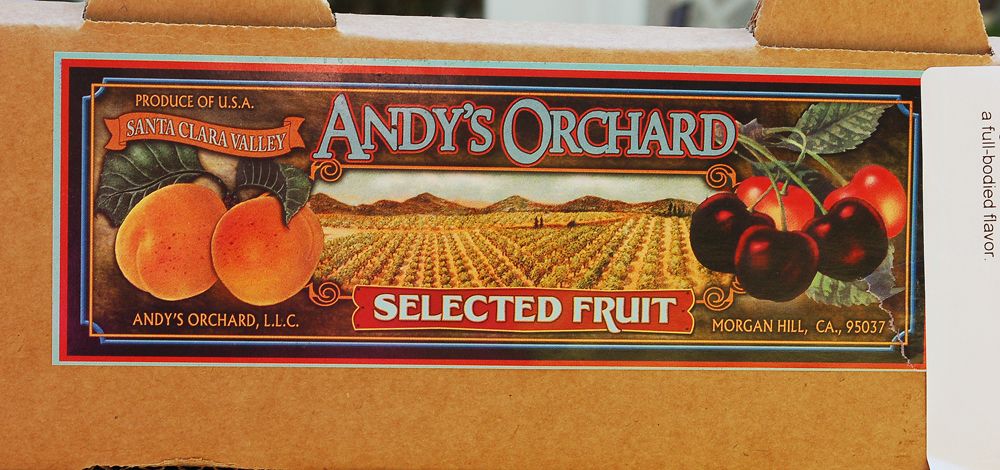
Besides all his heirloom, hand-picked fruit varieties, Mariani is a horticultural wizard who continually experiments with cross breeding or refining fruit, such as the incredibly sweet, juicy, flavorful Baby Crawford peach. This unnamed potential drying peach was rejected by UC Davis but resurrected, improved and christened by Mariani.
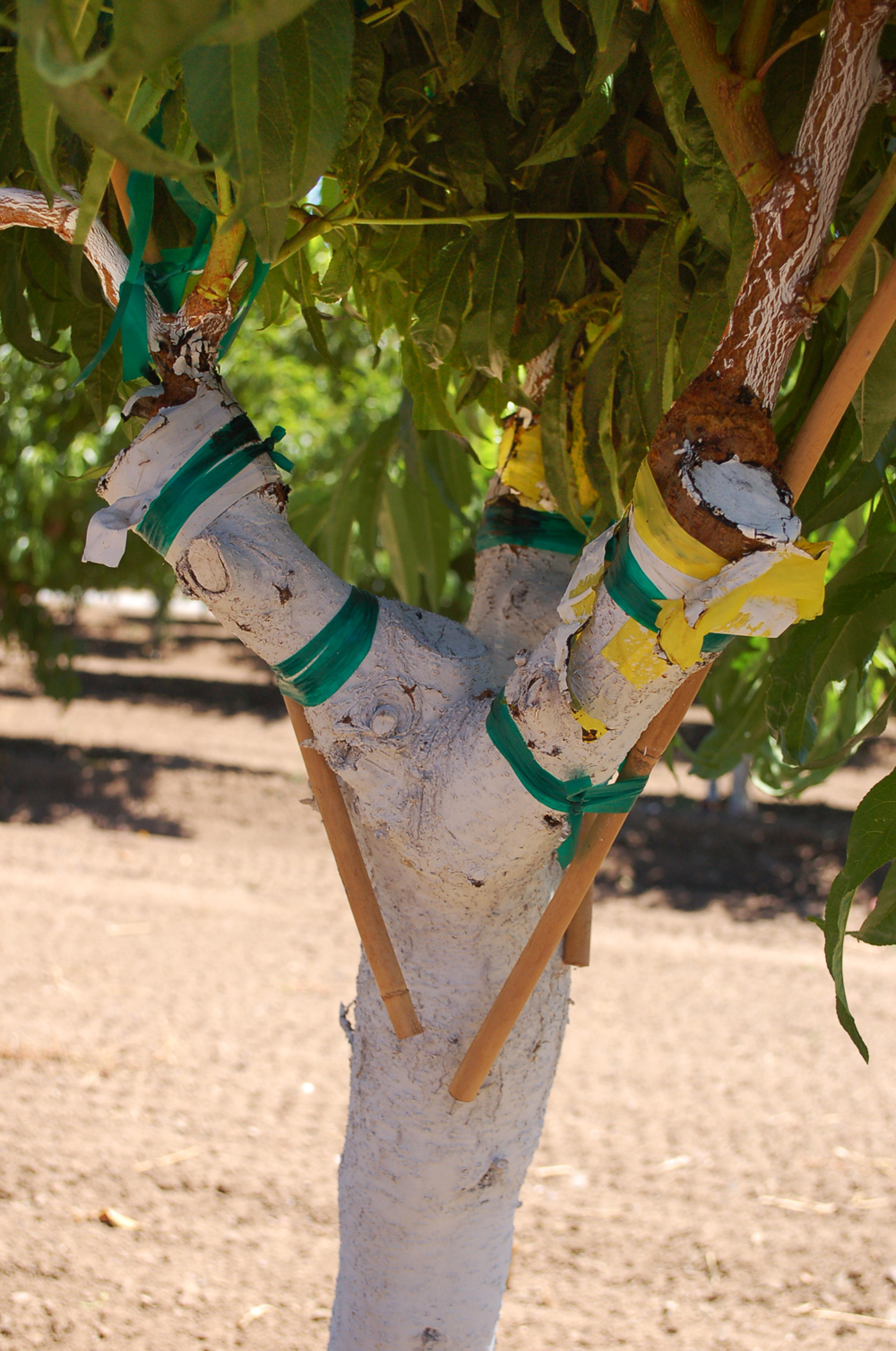
"We have one we're calling 'juice ball,'" he says. "It's a nectarine that when you bite into it, it's like a waterfall." Then there are indescribably delicious varieties he grows like the Raspberry Red nectarine, with luscious flesh and complex flavors, or the stunning Silver Logan white peach with creamy texture, gushing juice and a super-rich, balanced taste.
